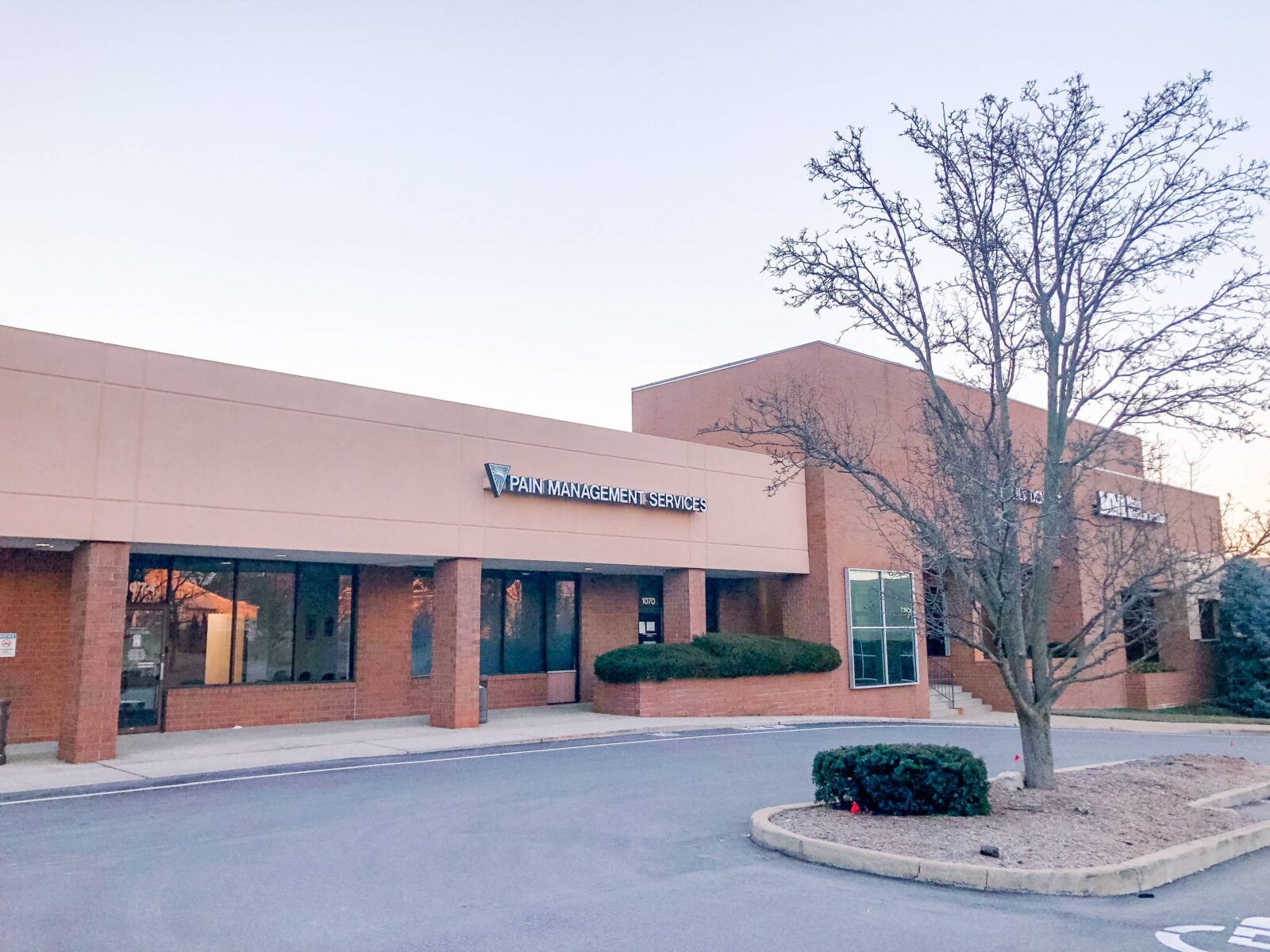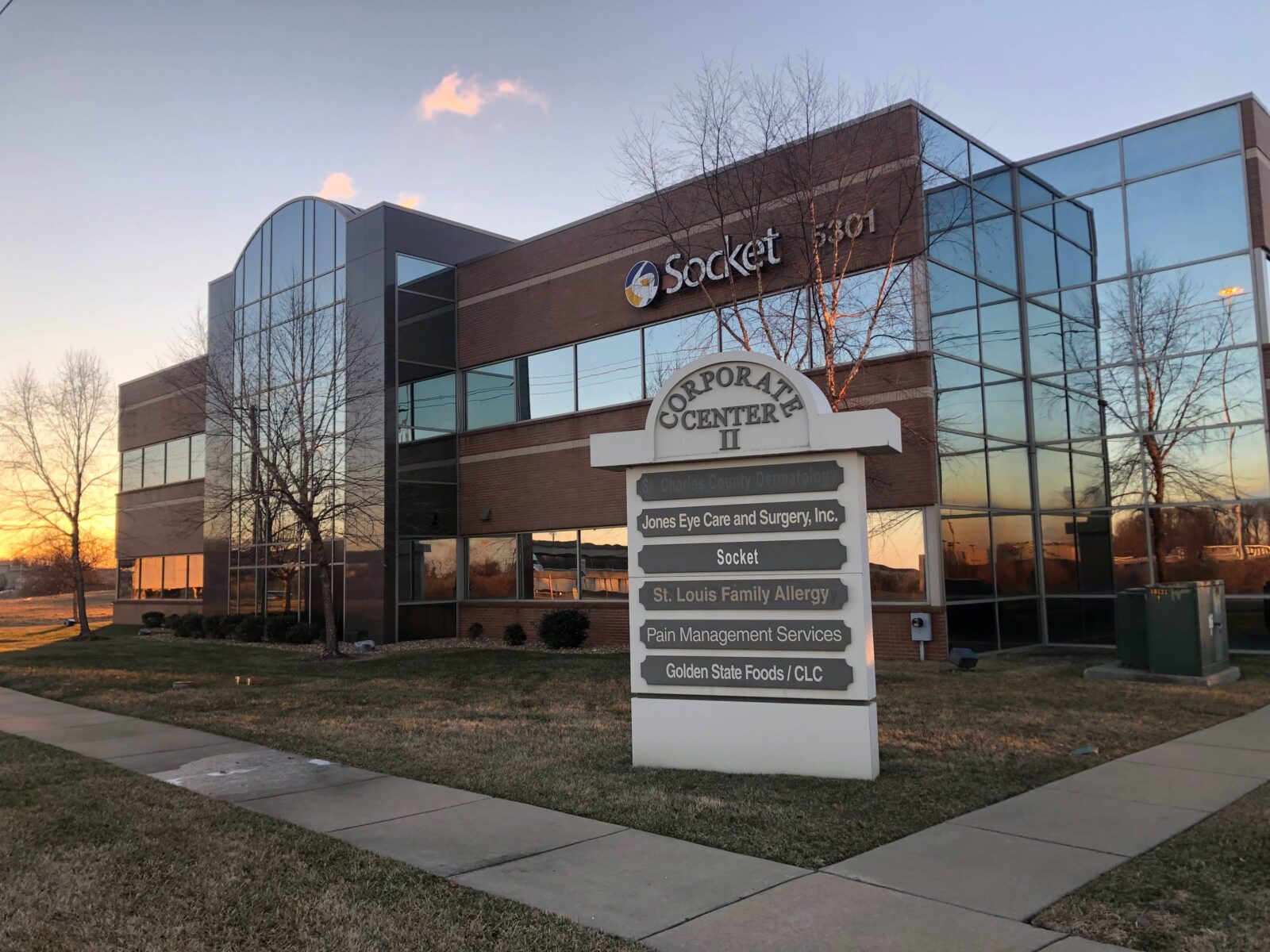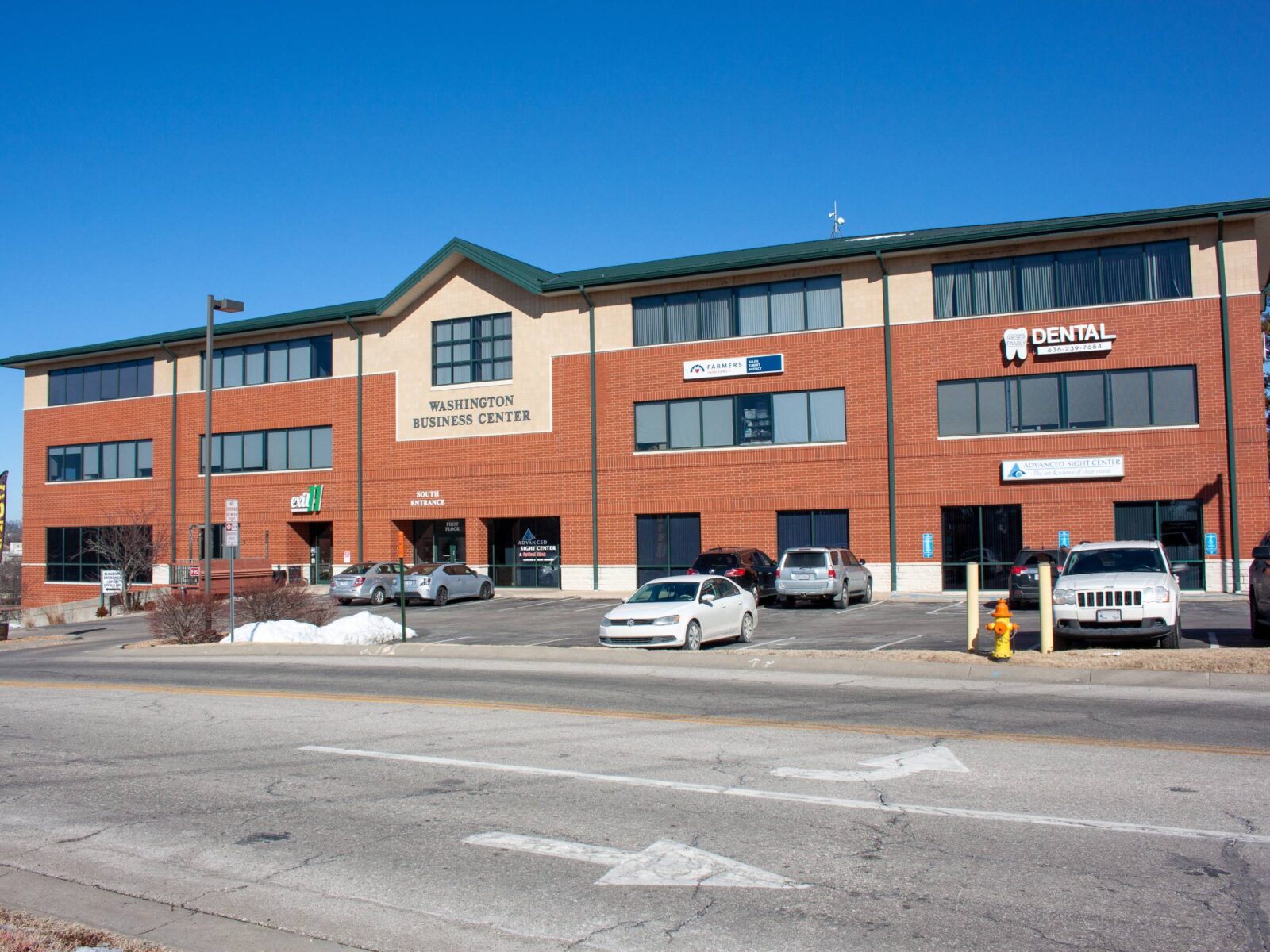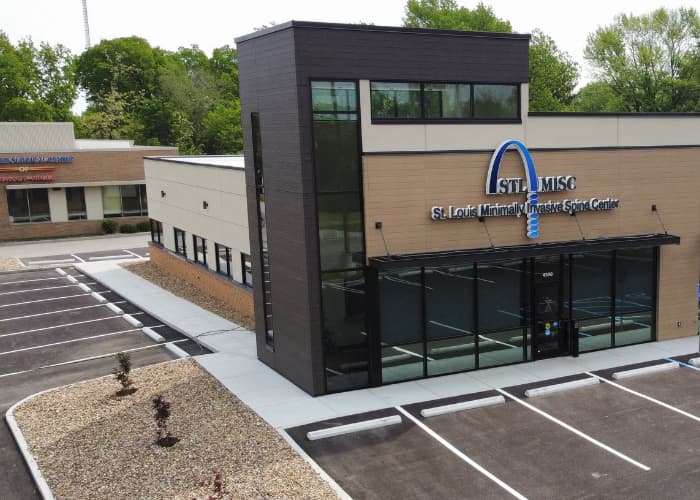Learn More About Medial Branch Nerve Blocks
Where the vertebrae stack up on one another create a pair of joints called facet joints. They are located on all levels of the spine including the neck and back. These joints are an essential element in our ability to move our spine freely. They help us bend, extend and twist our spine or neck. They also are the location of small nerves known as the medial branch nerves that pass near these joints to carry signals from the facet joints to the brain. When the facet joints become a source of pain, a medial branch nerve block can help evaluate if a patient is a good candidate for radiofrequency ablation for chronic neck and back pain.
Medial Branch Nerve Blocks In Treating Chronic Pain
Medial branch nerve blocks help identify the pain that occurs in one or more lumbar facet joints. They involve the injection of anesthetic in the proximity of the small medial nerves that pass near these joints. Rather than being used as a persistent treatment, these injections are used to diagnose pain and identify it as a source.
When a medial branch nerve block is used to diagnose pain, it’s common for multiple levels of the spine to be treated at once. If these injections create an immediate relief in pain, then it can be determined that the joint is the source of the pain. The pain relief that is provided is temporary in nature, making this procedure primarily diagnostic in nature. However, when pain relief does occur, it is an indication that longer lasting relief may be available via radiofrequency ablation.
All medical procedures include potential complications, including medial branch nerve blocks. The risk of complications with this procedure is remarkably small. They include:
- Allergic reaction – The contrast solution and local anesthetic used can cause a reaction in some patients.
- Bleeding – This complication occurs rarely and is more common in those patients who have bleeding disorders.
- Infection – Severe infections occur in 0.01% to 0.1% of these injections. Minor infections are more common, occurring in less than 2% of injections.
- Increased Pain – In extremely rare cases, the procedure can increase the pain the patient experiences.
Medial branch nerve blocks are typically called for when other treatment methods have been tried unsuccessfully. These methods include oral anti-inflammatories and pain medication, and physical therapy. If these treatments prove to be ineffective, your physician may schedule a medial branch nerve block. It’s just the first step on the way to finding effective, long-lasting pain relief for your facet pain. If a patient receives at least 80% improvement in pain for hours with 2 diagnostic medial branch blocks, then the patient is eligible for medial branch radiofrequency ablation which can give the patient approximately 6 to 9 months improvement in their neck or back pain.
Reach Out To Pain Management Services To Learn More
All of our physicians work closely with their patients to provide a range of treatment options for chronic pain. Medial branch nerve blocks are a great way to identify the source of your pain. Call our offices to schedule a consultation and assessment of your chronic pain condition. A full medical history will be done as part of your visit, and your symptoms will be discussed. Based on this information, our physicians will develop a treatment plan to help you find meaningful relief from your pain.






